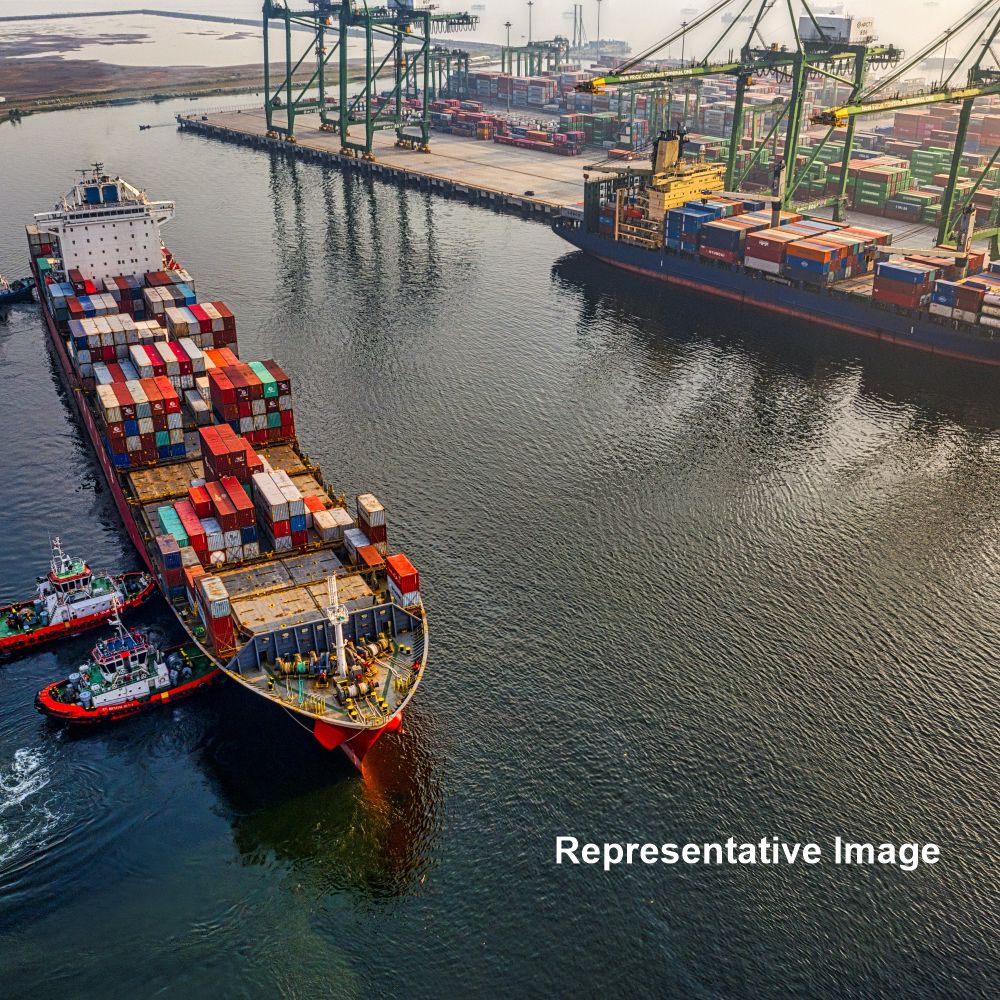-
Categories

-
Categories
- Automotive
- Chemicals
- Cold Chain
- Commodity
- Electricals & Electronics
- FMCG
- Food & Beverages
- Industrial
- Industry Leaders
- Infrastructure
- Lifestyle
- Pharma & Healthcare
- Procurement
- Publisher's Note
- Retail & E-Commerce
- Service Providers
- Start-up stories
- Sustainability
- Talent
- Technology & Automation
- Trade and Economy
-
-
Magazine Editions

-
Magazine Editions
- Supply Chain Tribe by Celerity - May 2025
- Supply Chain Tribe by Celerity - April 2025
- Supply Chain Tribe by Celerity - March 2025
- Supply Chain Tribe by Celerity - February 2025
- Supply Chain Tribe by Celerity - January 2025
- Supply Chain Tribe by Celerity - December 2024
- Supply Chain Tribe by Celerity - November 2024
- Supply Chain Tribe by Celerity - October 2024
- Supply Chain Tribe by Celerity - September 2024
- Supply Chain Tribe by Celerity - August 2024
- Supply Chain Tribe by Celerity - July 2024
- Supply Chain Tribe by Celerity - June 2024
- Supply Chain Tribe by Celerity - May 2024
- Supply Chain Tribe by Celerity - April 2024
- Supply Chain Tribe by Celerity - March 2024
- Supply Chain Tribe by Celerity - February 2024
- Supply Chain Tribe by Celerity - January 2024
- Supply Chain Tribe by Celerity - December 2023
- Supply Chain Tribe by Celerity - November 2023
- Supply Chain Tribe by Celerity - October 2023
- Supply Chain Tribe by Celerity - September 2023
- Supply Chain Tribe by Celerity - August 2023
- Supply Chain Tribe by Celerity - July 2023
- Supply Chain Tribe by Celerity - June 2023
- Supply Chain Tribe by Celerity - May 2023
- Supply Chain Tribe by Celerity - April 2023
- Supply Chain Tribe by Celerity - March 2023
- Supply Chain Tribe by Celerity - February 2023
- Supply Chain Tribe by Celerity - January 2023
- Supply Chain Tribe by Celerity - December 2022
- Supply Chain Tribe by Celerity - November 2022
- Supply Chain Tribe by Celerity - October 2022
- Supply Chain Tribe by Celerity - September 2022
- Supply Chain Tribe by Celerity July - August 2022
- Supply Chain Tribe by Celerity May - June 2022
- Supply Chain Tribe by Celerity March - April 2022
- Supply Chain Tribe by Celerity Jan - Feb 2022
- Supply Chain Tribe by Celerity Nov - Dec 2021
- Supply Chain Tribe by Celerity Sept - Oct 2021
- Supply Chain Tribe by Celerity July - Aug 2021
- Supply Chain Tribe by Celerity May - June 2021
- Supply Chain Tribe by Celerity: Mar-Apr 2021
- Supply Chain Tribe by Celerity: Jan-Feb 2021
- Supply Chain Tribe by Celerity: Nov-Dec 2020
- Supply Chain Tribe by Celerity: Sept-Oct 2020
- Supply Chain Tribe by Celerity: Jul-Aug 2020
- Supply Chain Tribe by Celerity: May-June 2020
- Supply Chain Tribe by Celerity: Mar-Apr 2020
- Supply Chain Tribe by Celerity: Jan-Feb 2020
- Supply Chain Tribe by Celerity: Nov-Dec 2019
- Supply Chain Tribe by Celerity: Sept-Oct 2019
- Supply Chain Tribe by Celerity: July-Aug 2019
- Supply Chain Tribe by Celerity: May-June 2019
- Supply Chain Tribe by Celerity: Mar-Apr 2019
- Supply Chain Tribe by Celerity: Jan-Feb 2019
- Supply Chain Tribe by Celerity: Nov-Dec 2018
- Supply Chain Tribe by Celerity: Sept-Oct 2018
- Supply Chain Tribe by Celerity: Jul-Aug 2018
- Supply Chain Tribe by Celerity: May-June 2018
- Supply Chain Tribe by Celerity: Mar-Apr 2018
- Supply Chain Tribe by Celerity: Jan-Feb 2018
- Supply Chain Tribe by Celerity: Nov-Dec 2017
- Supply Chain Tribe by Celerity: Sept-Oct 2017
- Supply Chain Tribe by Celerity: Jul-Aug 2017
- Supply Chain Tribe by Celerity: May-June 2017
- Supply Chain Tribe by Celerity: Mar-Apr 2017
- Supply Chain Tribe by Celerity: Jan-Feb 2017
-
- News & Events
- About us



















